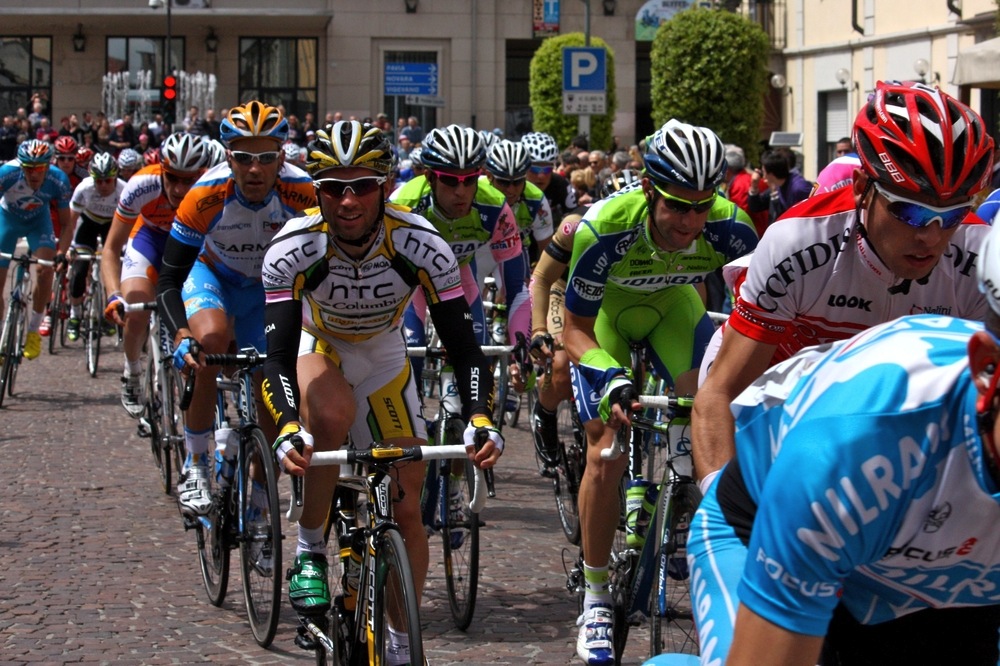Olympic committee organizers are blaming the crowds of people in attendance for failed television coverage of the cycling event today.
[aditude-amp id="flyingcarpet" targeting='{"env":"staging","page_type":"article","post_id":499098,"post_type":"story","post_chan":"none","tags":null,"ai":false,"category":"none","all_categories":"media,mobile,social,","session":"D"}']So, what exactly did these fans do that was so wrong? They excitedly tweeted and sent text messages during the race, which apparently overloaded the wireless networks, reports Reuters. As a result, TV commentators were unable to give their audience correct placement of cyclists during the race or their finishing times.
“From my understanding, One network was oversubscribed, and OBS (Olympic Broadcasting Services) are trying to spread the load to other providers,” IOC Communications Director Mark Adams told The Guardian. “We don’t want to stop people engaging in this by social media but perhaps they might consider only sending urgent updates.”
AI Weekly
The must-read newsletter for AI and Big Data industry written by Khari Johnson, Kyle Wiggers, and Seth Colaner.
Included with VentureBeat Insider and VentureBeat VIP memberships.
Regardless of how it happened, I think it’s pretty much impossible to tell a crowd of excited sports fans to stop communicating with friends not at the event.
The network failure, however, isn’t a complete shock. U.K communications regulatory body Ofcom predicted that mobile data usage would double during the games, and previously said it was rolling out a plan to ensure sufficient spectrum was available deal with any congestion. But obviously, they didn’t do nearly enough.
I’d suspect more network failure news to come before the event officially end. We’re only two days into the games, with the good part of two weeks left to go.
Cyclists photo via Valeria73 / Shutterstock
VentureBeat's mission is to be a digital town square for technical decision-makers to gain knowledge about transformative enterprise technology and transact. Learn More

